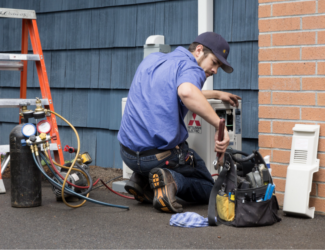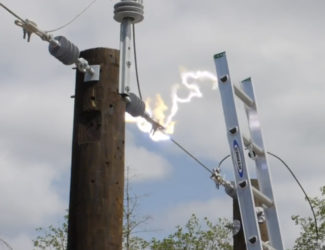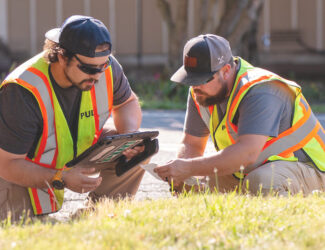
Environment — Savings
—
January 07, 2025
10 Easy Ways to Save Energy (and Water)
< All Stories
It’s a new year and our favorite resolution at Snohomish County PUD – and one we’re proud to say we consistently keep – is to conserve as much energy and water as we can. We’re constantly seeking to reduce our carbon footprint – and our own utility bills.
It may feel like a daunting task, but there are a lot of simple things you can do at home to lower your energy and water usage. To celebrate National Cut Your Energy Costs Day on Jan. 10, here are 10 easy ways to use less energy – and water, another important resource – in 2025!
- Adjust your thermostat. According to a recent study, setting the thermostat at 68 degrees instead of 70 during winter and 74 instead of 73 during summer can save 10 to 15 percent a year on heating and cooling costs. You can also use a programmable thermostat to lower the temperature when you leave the house and at night when you’re asleep.
- Use LED (or other Energy-Efficient) Light Bulbs. LED bulbs use significantly less energy than their incandescent counterparts. They also offer a much longer lifespan (up to 25,000 hours compared to about 1,000 hours for incandescent bulbs), which results in fewer replacements.
- Unplug (literally). Many devices can use electricity when not in use – we call it phantom power. It can cost $200 or more per year to power televisions, computers and other small appliances. Unplug devices you rarely use and check the settings for devices to see if they have power-saving options. You can also use a smart power strip, which will automatically shut off power to devices on standby.
- Seal the deal. Finding and plugging leaks is an easy way to quickly garner significant savings. Most leaks happen where different building materials meet, like foundation and walls. Other common areas include gaps around windows and doors, mail slots, cable or internet wiring and openings around window air-conditioning units.
- Check your insulation. An insulated ceiling can make a big difference to your energy bills. Effective ceiling insulation can save you up to 20 percent on cooling and heating costs. Unheated areas beneath ground floors, like crawl spaces and basements, are also good places to check – and potentially add insulation.
- The wonderful world of windows. Windows can help reduce – or add – heat into your home. When it’s warm outside, closing blinds reduces heat from direct sunlight. When it’s cold, opening them can help warm up for the same reason. If the sun isn’t shining, keeping blinds closed may help block drafts and keep your home warmer.
- Wash laundry in cold water. According to ENERGY STAR, up to 90 percent of the energy used to wash clothes comes from heating the water. In tests done by Consumer Reports, cold water sufficiently cleaned most loads and saved $25 to $40 a year. Plus, it’s gentler on fabrics!
- Don’t overdry clothes. Similarly, dryers can use a fair amount of energy and running your dryer longer than necessary can add up. It may take a few loads of trial and error to find the ideal settings for your machine. You can also embrace the more classic approach and use drying racks or a clothesline.
- Reduce extra refrigerators and freezers. Many homes have additional refrigerators and freezers to handle overflow items. But extra storage can pile on to your energy bill, especially if the appliance is older. Most refrigerators sold in the past 10 years cost about $75 a year to run and a 30-year-old one costs about $140 a year.
- Ditch the prerinse. Consumer Reports’ tests showed that most newer dishwashers do a fine job of cleaning without a prewash in the sink. Dishwashers also use less water than handwashing. For bonus savings, after your dishwasher finishes washing a (preferably full) load, skip the drying cycle and simply open its door.
Visit the PUD’s online marketplace (marketplace.snopud.com) for deals on smart thermostats, lights, draft-blocking door sweeps, smart power strips and more!










